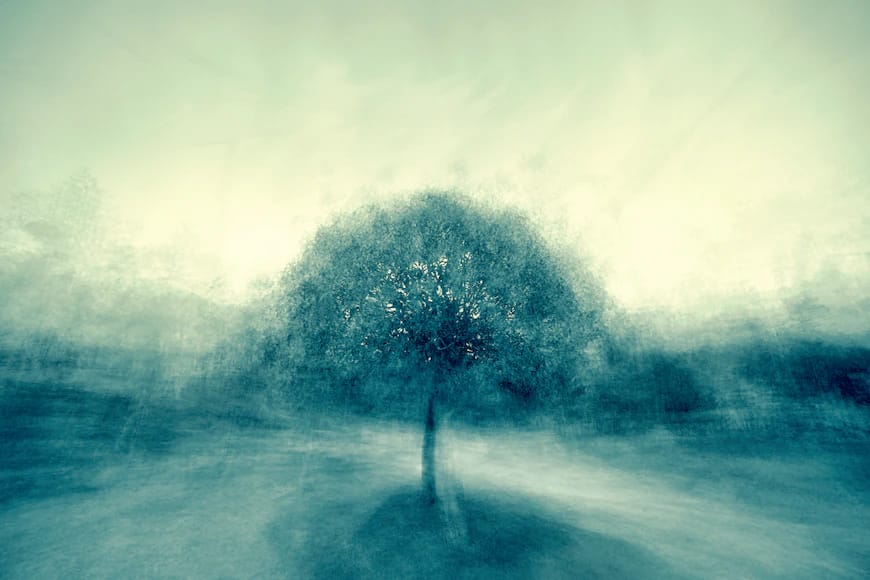7 Ways to Write Horror Stories in 2024
Introduction
Horror stories have captivated readers for centuries, tapping into our deepest fears and sending chills down our spines. If you have a penchant for writing and want to create gripping and bone-chilling horror stories, this article is for you. In this guide, we will explore seven effective ways to write horror stories in 2024, including tips, techniques, and elements that will keep your readers on the edge of their seats.

1. Tap into Psychological Fear
One of the most potent aspects of horror is the psychological fear it evokes. Instead of relying solely on blood and gore, focus on tapping into your readers’ deepest fears and anxieties. Create complex characters with relatable fears, explore themes of isolation, madness, or the unknown, and use suspense and anticipation to build tension throughout your story.
2. Play with Atmosphere and Setting
The atmosphere and setting play a crucial role in creating an eerie and unsettling ambiance in your horror story. Whether it’s a haunted house, a desolate forest, or an abandoned asylum, vividly describe the surroundings to immerse your readers in a dark and foreboding environment. Utilize sensory details to enhance the atmosphere and make it feel palpable.
3. Utilize the Power of Fear of the Unknown
Fear of the unknown is a primal instinct that can be leveraged to create a sense of dread in your readers. Leave certain elements of your story ambiguous or unexplained, allowing the readers’ imagination to run wild. By withholding information, you can instill a lingering sense of unease that will keep your readers engaged and fearful of what might lurk in the shadows.
4. Create Compelling and Flawed Characters
Strong and relatable characters are essential for any story, including horror. Develop characters that readers can root for or connect with emotionally. Introduce flaws and vulnerabilities that can be exploited by the horrors they encounter. Make their journey through the darkness a compelling one, as readers will invest more in the story if they care about the characters.
5. Use Pacing and Timing to Build Suspense
Mastering the art of pacing and timing is crucial in horror storytelling. Slow-burn suspense can be just as effective as sudden scares. Alternate between moments of calm and intense terror, gradually increasing the tension until it reaches a crescendo. Be mindful of your story’s rhythm, and strategically place climactic moments to deliver maximum impact.
6. Incorporate Unexpected Twists and Turns
Surprise your readers with unexpected twists and turns that defy their expectations. Subvert clichés and tropes commonly found in horror stories to keep your narrative fresh and unpredictable. The element of surprise will keep readers engaged and ensure they are continually guessing what horrors await.
7. Craft a Memorable Ending
A memorable ending is the culmination of your horror story. Strive to deliver a conclusion that lingers in your readers’ minds long after they finish reading. Consider an ending that leaves room for interpretation, sparks further contemplation, or sends a shiver down the spine. A satisfying and haunting conclusion will leave a lasting impression.
Some incredible horror stories are figurative or representative, while others are more exacting. Yet, horror isn’t restricted to a solitary kind of story. It very well may be a phantom story, a slasher film, or spine chiller. Below are the 7 ways to write horror stories in 2024.
FAQ 1: Can horror stories be written in different sub-genres?
Yes, horror stories can be written in various sub-genres such as psychological horror, supernatural horror, cosmic horror, and more. Each sub-genre offers unique elements and themes to explore.
FAQ 2: Is it necessary to include graphic violence in horror stories?
Graphic violence is not necessary to create a terrifying experience. Horror can be effectively conveyed through atmosphere, suspense, psychological fear, and the unknown. Focus on the emotional impact rather than relying solely on gore.
FAQ 3: How can I come up with original ideas for horror stories?
Original ideas for horror stories can be found by drawing inspiration from personal fears, urban legends, mythology, or by exploring societal anxieties. Let your imagination run wild and think outside the box to create fresh and unique concepts.
FAQ 4: How can I build tension effectively in a horror story?
Building tension in a horror story can be achieved through pacing, suspenseful setups, and the strategic use of foreshadowing. Gradually increase the stakes, revealing terrifying truths or imminent threats to keep readers on edge.
FAQ 6: Can humor be incorporated into horror stories?
Humor can be effectively blended with horror to create a contrasting effect or provide moments of relief. However, striking the right balance is crucial to maintain the intended atmosphere and not diminish the horror elements.
Conclusion
Writing horror stories in 2024 requires tapping into psychological fears, creating compelling characters, playing with atmosphere, utilizing the fear of the unknown, and crafting unexpected twists. By mastering pacing, timing, and delivering a memorable ending, you can leave your readers with a spine-chilling experience they won’t forget. Embrace the darkness, explore the depths of fear, and let your imagination run wild as you embark on the journey of writing captivating horror stories.

